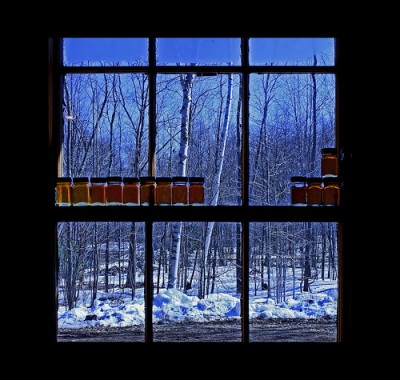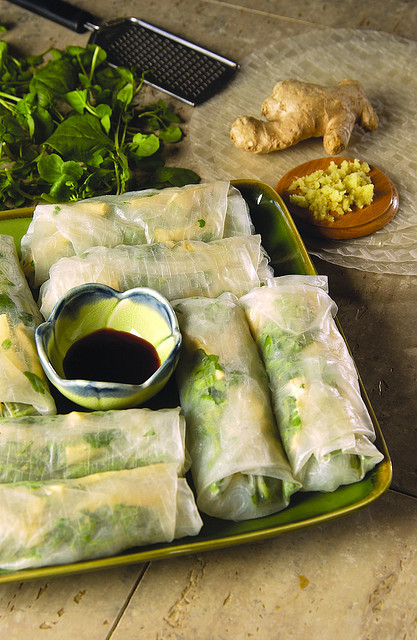
Remember the last time you sat down to a plate of pancakes. Maybe it was in the morning with a steaming cup of hot tea or at night with an icy glass of milk for dinner. The ultimate comfort food, you turned the cap of your maple syrup container and let the sweet drizzle of childhood memories create a pool on your plate. Delicious mouthfuls of warm pancake dripping with maple syrup. Is there anything as satisfying?
The makers of Log Cabin Syrup and other breakfast syrups hope not. They are looking for something edible to sell and they don’t want you to differentiate between little words like “maple” and “breakfast” or “table” when it comes to your syrup. In fact they want you to grow accustomed to their “authentic syrup, known for its unique maple taste” and appear to be fashioning the marketing campaigns of their “fake” maple syrup after the real maple syrup.
Authentic vs. Imitation
Companies, like the ones who make Log Cabin All Natural Syrup, who attempt to capture that authentic experience you’ve created in your head by taking your real maple syrup and imitating it with their “all natural” syrup seem to be… well to be candid…cheating (Funny all you have to do to change “eating” to “cheating” is add a couple letters sort of how Pinnacle Foods adds a couple ingredients such as caramel color and xanthan gum.)
You may have even read about maple syrup makers in New Hampshire and Vermont who petitioned the U.S. Food and Drug Administration in early September to investigate whether Log Cabin Syrup, a division of Pinnacle Foods LLC, is violating federal labeling laws and potentially misleading consumers with the word “natural” on the packaging of their (new) “All Natural Syrup.” As a result of the inquiry, Pinnacle Foods announced in late September it would remove the caramel color of its Log Cabin “All Natural” Syrup to comply with FDA guidelines.
Maple syrup makers are still concerned Pinnacle Foods Log Cabin “All Natural” Syrup, which is packaged in plastic jugs similar to those used to bottle real maple syrup and placed near their real maple syrup on the shelf, but marked at half the price of real maple syrup will confuse consumers.
Hurting Small Farmers
It’s a sad sign of the times when a multi-billion dollar company misleads shoppers and takes market share away from farmers. That is what’s happening in the maple category. A big concern of Arnold Coombs is how this will effect the family farmer who produces syrup as a second income. As the fake syrup misleads shoppers away from pure, their hard work has less value.
Why don’t the producers of the table (fake maple) breakfast syrup just tell you consumers their story straight? Why model it after the real stuff? Is the real story of the (fake) breakfast syrup so scary or unappetizing? Is it because there is a factory and not a farm in the background?
Buying good food on a budget is difficult. No one is denying that or that real maple syrup can be twice what the (fake) table stuff is. That said, what kind of an example are companies producing the (fake) table syrup setting trying to sell it as the real maple syrup at half the price? Do consumers really need to be tricked? Why complicate the shopping experience. On a budget and cannot afford the real stuff, completely understandable. Maybe a consumer can afford it half the time, maybe not at all. Just let the consumer have an honest experience and leave the tricking to friendly neighbors with bags of candy on Halloween.
Top image courtesy Flickr user Glass_House.

